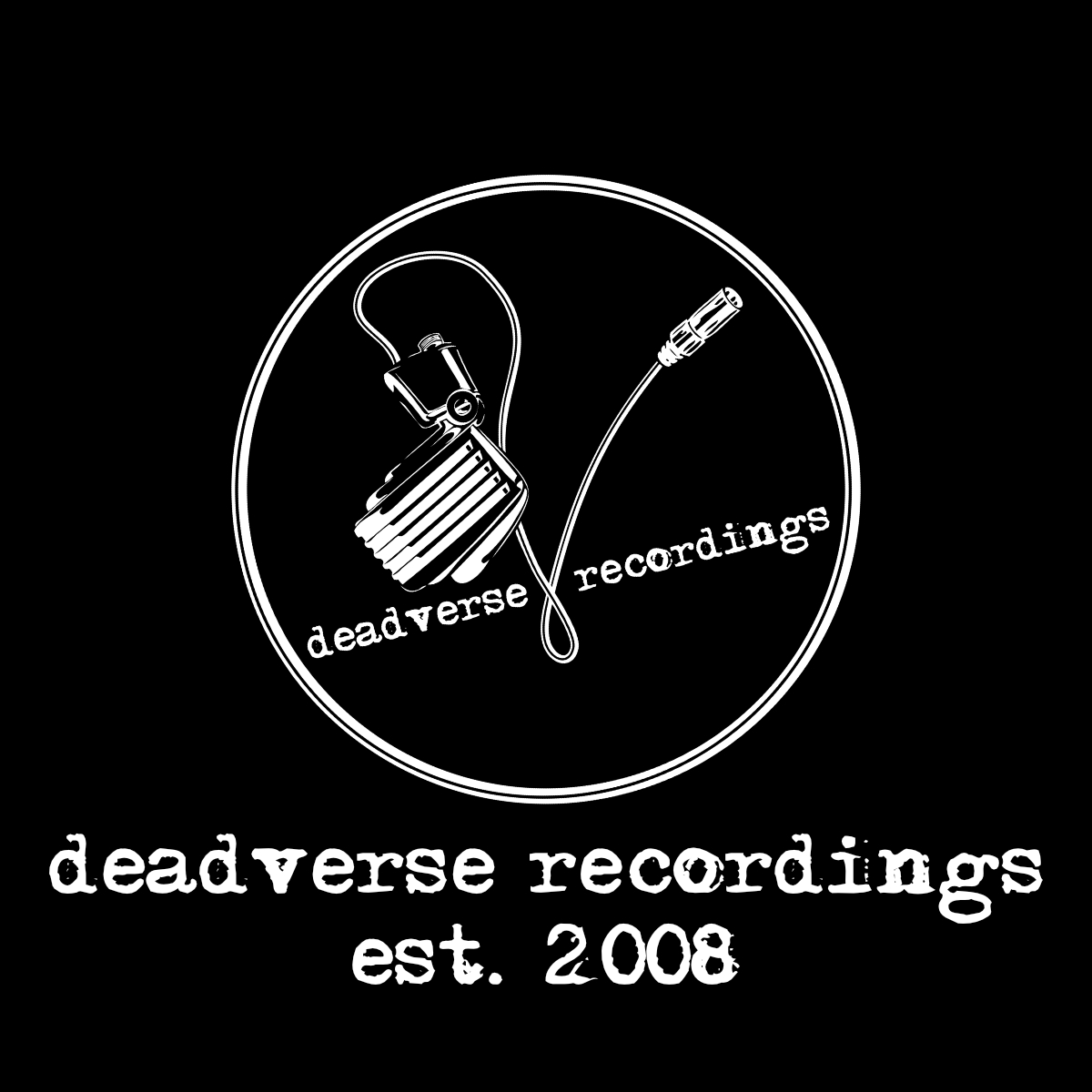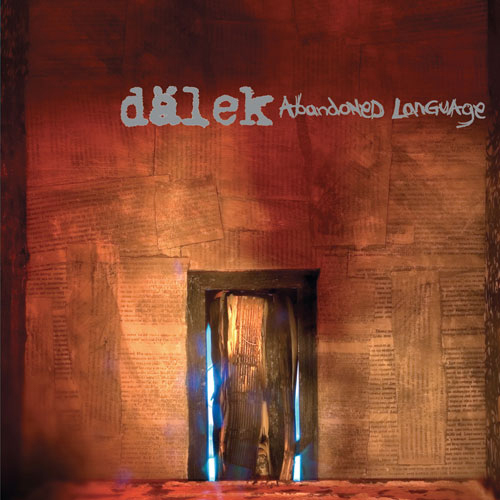dälek – Abandoned Language
Album Reviews
On their fourth record, Abandoned Language, electronica- and progressive-minded rap group Dälek continues their exploration of the netherworlds of hip-hop, where dark, plodding, sewer-gas production churns with MC/producer dälek’s nearly spoken rhymes. Beats are moody and delicately urgent, live strings and horns mix in with hollow drums and delayed keyboard chords, and everything is very purposeful, even in the occasional cacophony that folds itself out from amid the slow melody. The same attention to detail and effect is given to the lyrics, which again and again return to the idea of language, both oral and written. It’s not a concept album, but it has definite themes that it examines. “The tongues I speak intrinsic/Linguistics lodged in larynx made the words you spit transparent,” dälek rhymes in “Isolated Stare,” where he hails the power of communication and its ability to guide and direct, while on “Bricks Crumble,” he recognizes its longevity, how it can remain while the physical inevitably cannot. “Words strengthen emotions they foster/Bricks crumble under feet of this author,” he says, acknowledging that even he is reduced to transience while what he writes goes on. But the MC, despite the fact that his career revolves around his syntactical ability, is also aware of language’s limitations. The songs on the album have much more time and space dedicated to instrumental wanderings than to words — “Lynch,” in fact, has no lyrics at all — as if he and co-producer Oktopus realize that there are things that just can’t be said, that are better conveyed through notes and chords, that sometimes “tongues stick” and stories are “scripted” and “the words we speak are mad tarnished,” that mortality and flawed humanity get in the way of pure communication. This certainly is the cause of some conflict for Dälek, heard in the way the saxophones twist with the violins, in the way the vocals distort and fade out, a conflict that is never quite resolved. Instead, the album does what all great art does: guides its audience without giving them concrete answers (or even directions), forcing them to think for themselves instead of blindly following others, and eventually leading them, hopefully, to some kind of greater, albeit more complex, understanding of things.

